The EU Publishes 2021 Broadband Connectivity Progress Study
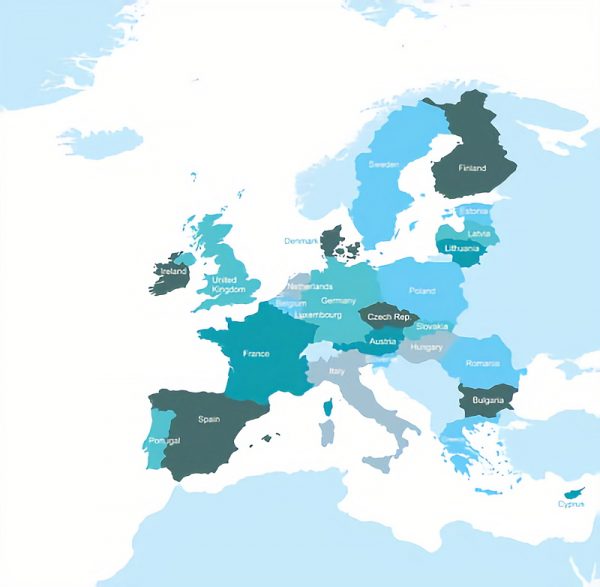
After a long delay due to COVID-19, the European Commission has today published their annual 2021 Digital Economy and Society Index (DESI), which reveals how the EU’s fixed line broadband ISP and mobile networks compare. The UK was removed from this edition due to Brexit, so we’ve used Ofcom’s data to compare.
At present the EU’s main goal for connectivity in the Digital Decade is for every European household to have access to “high-speed internet” coverage by the end of 2025 (defined as 100Mbps+) and gigabit (1000Mbps+) connectivity by the end of 2030. Today’s new report, which is based on data from last year, is thus partly intended to help gauge the progress toward achieving those goals.
One obvious change from the last report in 2020 is that the United Kingdom has now completely left the EU and as a result we do not feature in this report. Nevertheless, the data is useful for seeing how neighbouring countries are progressing.
Advertisement
The UK’s £5bn Project Gigabit programme also has a different goal from the EU. The aim over this side of the channel is to bring gigabit-capable broadband to at least 85% of UK premises by the end of 2025 and 100% as soon as possible, albeit with public funding being focused upon those in the final 20% of hardest to reach premises.
By the end of 2021 we expect that around 65% of UK premises will have access to order gigabit speed connections (currently 60%), which is due to a mix of Fibre-to-the-Premises (FTTP) deployments and the DOCSIS 3.1 upgrade on Virgin Media’s older Hybrid Fibre Coax (HFC) network.
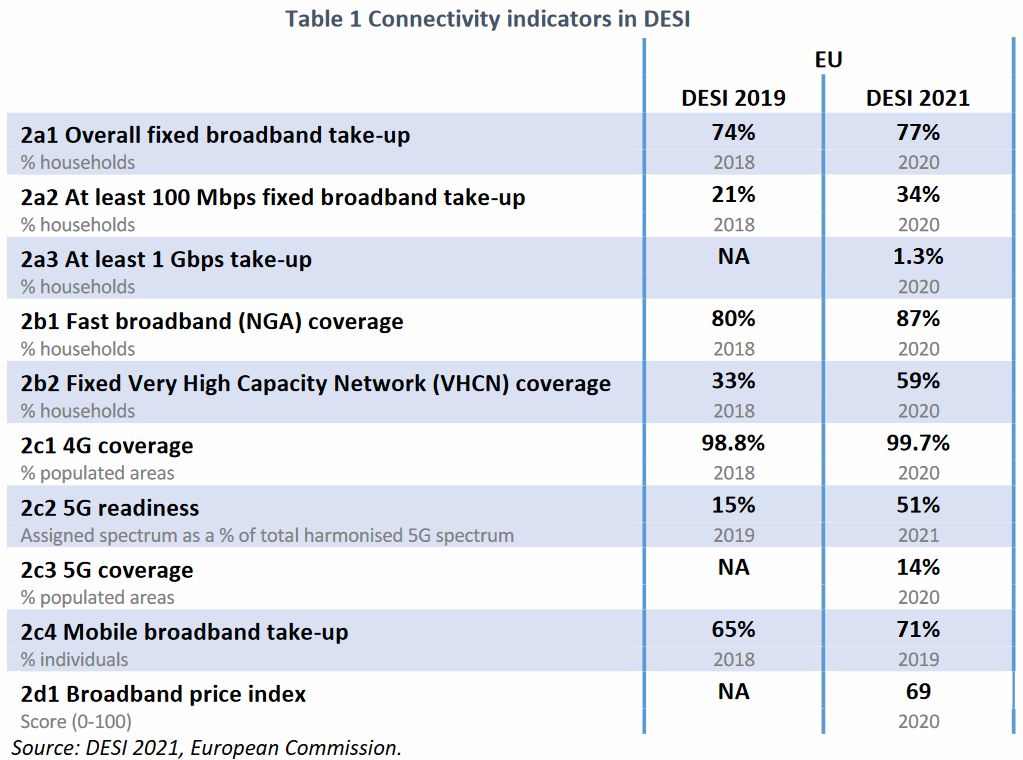
We should point out that NGA (Next Generation Access) broadband generally means fixed lines that can deliver so-called “superfast” download speeds (30Mbps+), while VHCN networks are just another way of identifying gigabit-capable FTTP and DOCSIS 3.1 or better networks. Elsewhere, we don’t yet have any solid 5G coverage figures for the UK to compare.
Advertisement
In terms of NGA coverage, Ofcom’s latest May 2021 data found that over 96% of premises could access such a service, which compares with 87% in the EU. Ofcom’s data for ultrafast coverage (using the figure of 300Mbps+) was also 62%, which is perhaps more comparable with the EU’s latest position of 59% for VHCN now that Virgin Media’s DOCSIS 3.1 upgrade is nearly completed.
However, the EU doesn’t include a specific measure for full fibre coverage, which is one area where we’d be trailing very far behind.
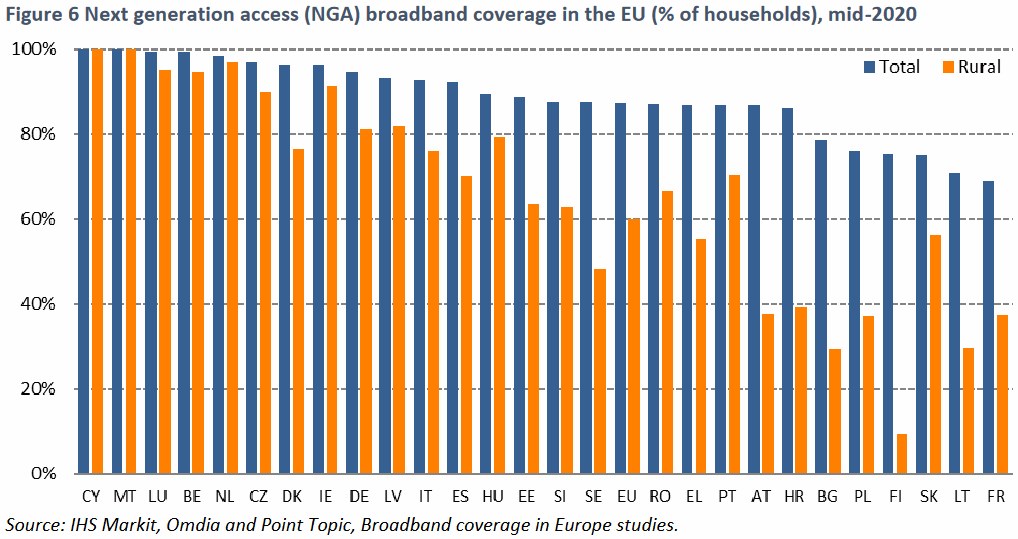

Advertisement
Comparing mobile coverage is a little more challenging because Ofcom has a different methodology, although their figure for 4G outdoor premises coverage is about as close as you can get to the EU’s population method. On that front, the EU delivered an impressive 99.7% to the UK’s 98%+.
As stated earlier, we can’t easily compare 5G coverage because Ofcom has yet to report any solid data, while other studies use the different measure of “availability” (i.e. % of time on 5G vs 4G). However, Three UK did recently claim to have pushed their “outdoor population coverage” (not geographic) to 29% of the UK, and they tend to be a little behind the likes of EE etc. This would place us close to Ireland below.
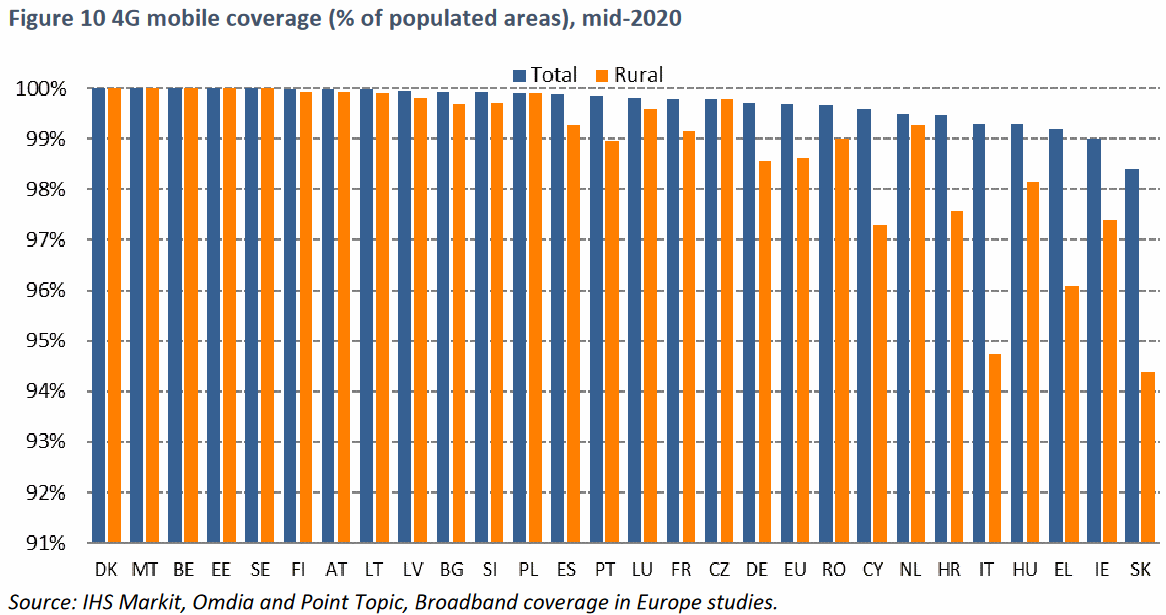
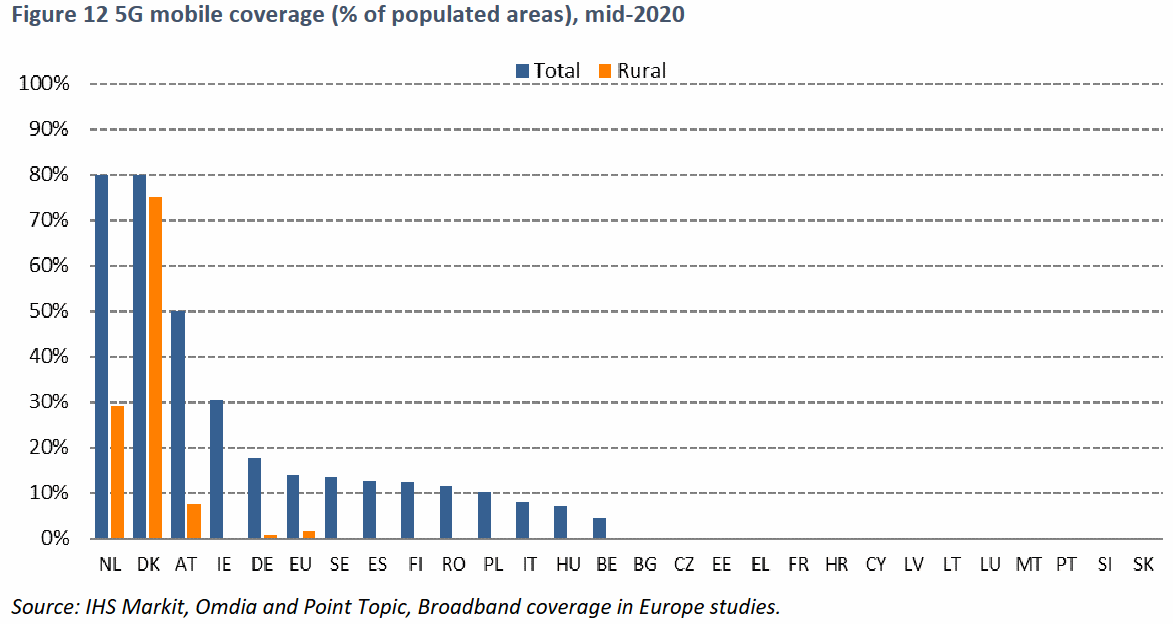
The full report contains a lot more data, albeit covering areas that are harder to examine without directly comparable data for the UK to play with. Ofcom should be able to fill in some gaps when they publish their annual infrastructure report next month, but in the meantime you can check out the full DESI index below.
2021 Digital Economy and Society Index (DESI)
https://digital-strategy.ec.europa.eu/en/policies/desi
Mark is a professional technology writer, IT consultant and computer engineer from Dorset (England), he also founded ISPreview in 1999 and enjoys analysing the latest telecoms and broadband developments. Find me on X (Twitter), Mastodon, Facebook, BlueSky, Threads.net and Linkedin.
« Openreach to Pilot National UK Exchange Closure Plan in 5 Areas










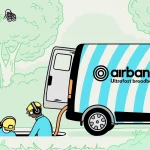












































As you mention re if fibre numbers are looked at we are very far behind, I can’t help feeling when reading the headline availability percentages that Virgins 3.1 upgrade masks the true rate of progress.
The docsis3.1 upgrade isn’t exactly comparble to providing gig speeds to adsl/fttp connected homes.
Hi Mark – I *think* their definition for Fixed VHCN is gigabit capable rather than 100Mbps+ because it’s defined as FTTP + DOCSIS3.1
You’re correct, it looks like Berec adopted some specific guidelines on this in 2020.
“The UK was removed from this edition due to Brexit”
Sodding brexit messing things up again. Thanks for doing what you can, Mark.
Ah yes, a classic example of a remoaner.
??????????????
How is that “moaning”? It’s a statement of fact. We are no longer in the Europe stats because we left Europe and while probably not going to change my life day to day (unlike the 10000000’s of other things about Brexit that do) it IS annoying we can’t compare side by side.
Considering the complete and utter shit show that Brexit is proving to be (and with oh so much more to come) you’d think those who voted out would have gained just a modicum of humility by now. Who am I kidding….
Are the increasing covid numbers and new lockdown in NL and AT due to the high 5G penetration?
(grabs coat, runs for the hills…)
Would be interesting to see what the overbuild is like in other countries. Is their populus coverage higher because they only have one or two networks in any one location spreading the coverage better. Rather than the UK no coverage or 2-3 networks in one street??
I wouldn’t trust OFCOMs data with a barge pole. State we can get 40Mb and strong 4g signal with all providers in doors. At least the FTTC is close at 35Mb but the 4g is non-existent except for 3 and EE (and then its slow). I have no idea where they get the data from but it just feels completely made up and there is no way to dispute.
I agree about 4g. Loads of people wander about here trying to get a signal. Indoor signal is just not usable at half a bar to 2 if extremely lucky but it will drop as soon as you try anything.